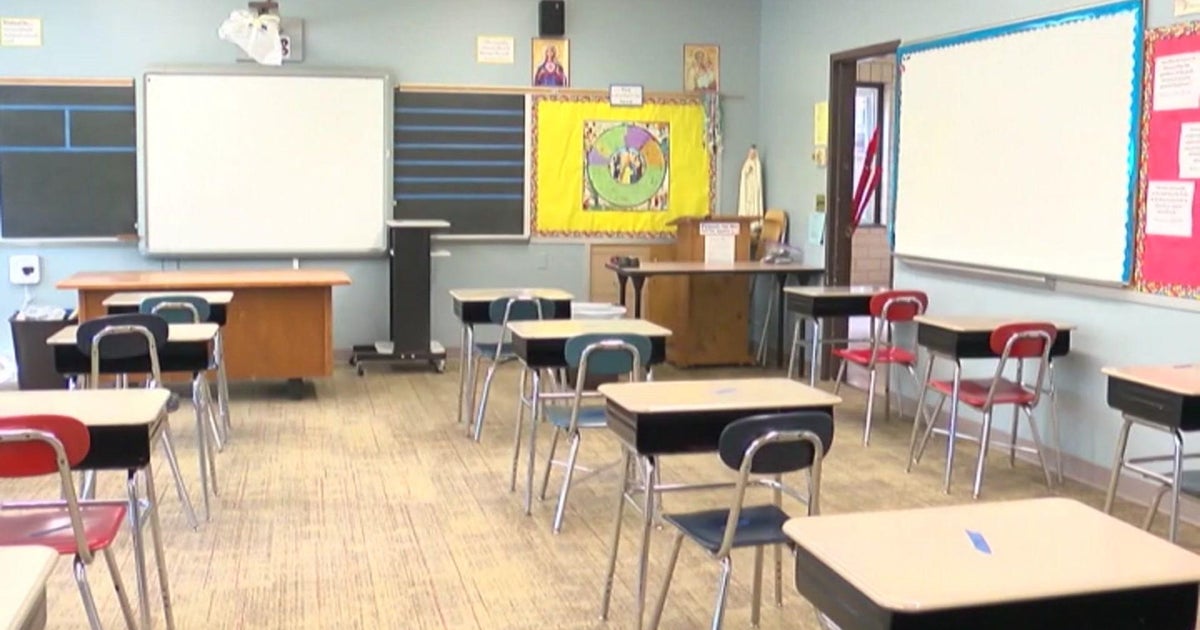Dallas ISD Police Chief: New Way To Communicate Can Make Schools Safer
DALLAS (CBSDFW.COM) - When school starts next month, police officers in the largest school district in North Texas will have a new tool to keep each other, students, and teachers safe.
For the first time ever, Dallas ISD police officers can now communicate directly with Dallas police officers over their portable and car radios.
The district's police chief, Craig Miller, calls it a game-changer. "This is a historical and monumental to us."
With 158,000 students, Dallas ISD is the state's second largest school district, and it's the 14th largest in the nation.
The district has 135 police officers to cover 230 schools, and sometimes a Dallas police officer may be able to respond faster to a major incident, such as a shooting, on campus.
"They may not be as familiar with our campuses our officers are and to be able to give them that intelligence information - that's life changing," said Chief Miller.
Deadly school shootings in Parkland, Florida, and Santa Fe, Texas, are more proof that communication between schools and police is key.
Chief Miller said he visited with his counterparts at both schools after the shootings to learn more about what happened.
But Miller said he has worked on the radio interoperability project for years, and just last week, a test between the two agencies proved successful.
Until now, Dallas ISD police could only hear Dallas police officers communicate on their radios, and only those in dispatch in each agency could speak with one another.
Now, during incidents at school campuses, Dallas ISD can look at the cameras that are in all of its schools and tell responding city police officers on their radios where to go and where to avoid -- saving time -- and possibly the officers' lives.
"I really think that's critical to their safety and the safety of the kids on campus, and that's what this is all about, we want our kids to be as safe as possibly can be on that campus," said Chief Miller.
He said his agency can direct officers to the suspect. "For us to be able to tell them in real time this subject went into the lunch room, this is where you should go, come through this door, enter through this access point, that makes their job easier and makes their life safer."
Officials in the school district and police department also credit DPD Chief Renee Hall for pushing for the radio capability.
When she arrived in Dallas last fall, officials say she was surprised to find out the two agencies couldn't communicate on their radios and promised to make it happen.
Dallas PD is also working with the University of North Texas so that the two agencies can communicate on their radios directly.
Major Israel Herrera, who oversees Dallas PD Communications said, "Anytime we can streamline the process of communication between officers in an emergency, such as at a school, it makes our community and schools that much safer."
While 95 percent of Dallas ISD's campuses are in the city of Dallas, the remaining 5 percent are spread out in six other cities: Seagoville, Balch Springs, Wilmer, Mesquite, Farmers Branch and Addison.
Chief Miller said his goal is to have the same capability in those cities in the future.
In the interim, he said his department has a detailed agreement with each city on how they would all respond in case of a major incident on campus.



